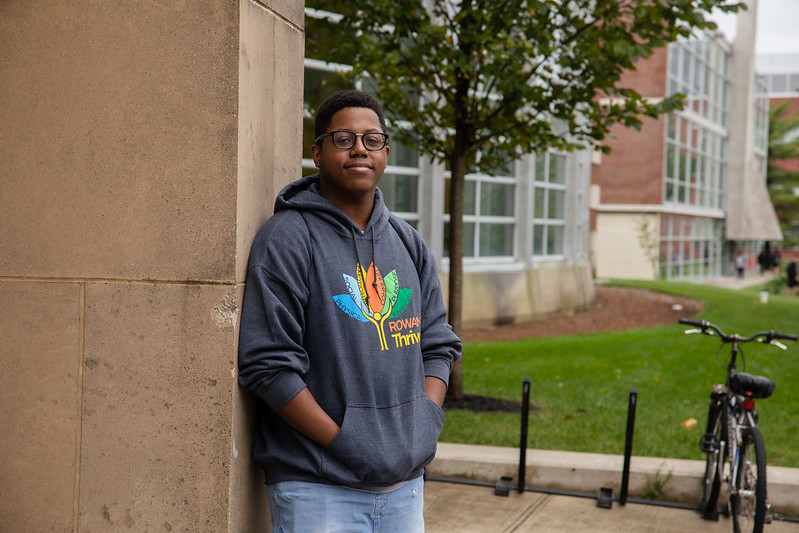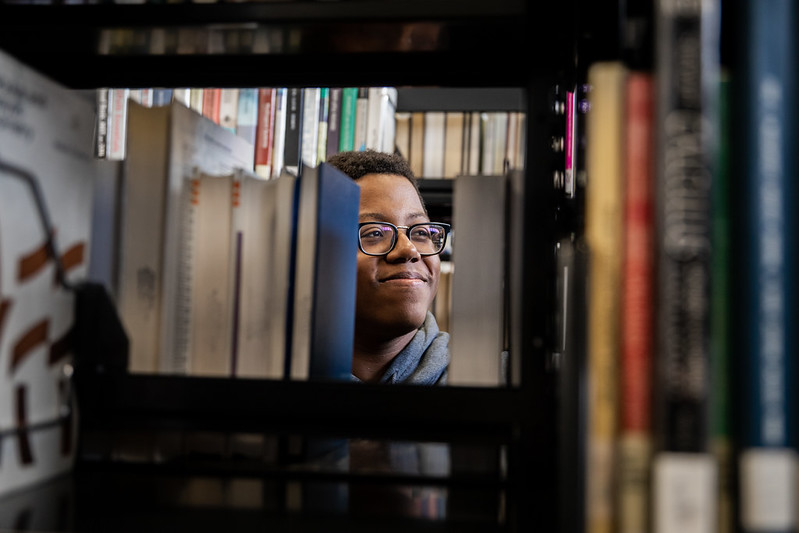This article is part of a running series with Rowan University’s Wellness Center. This collaboration aims to educate students about personal well-being options. For further updates, follow @RowanUWellness on Twitter, Instagram or Facebook.
Math anxiety is an extremely common phenomenon experienced by college students and university students today. Symptoms of said phenomenon vary from person to person, but they are largely physiological in nature rather than psychological as the sufferer will typically experience sweaty palms, nausea, heart palpitations and thought paralysis.
Mathematics teachers agree that this different form of anxiety is born from a student’s fear of failure and inadequacy — feelings that continue to haunt most students throughout their mathematical career (Perry, 2004).

Math anxiety’s mildest variation comes in the form of moderate test anxiety. The reasons students often give is that they understand class lessons and homework when their teachers or professors are teaching an ordinary class, but when it comes to exams, they fail to realize their potential and oftentimes wind up faltering. This usually stems from the confidence that is exuded by the student in question, but come time for the exam or a major test, it’s as if all the concepts and lessons taught and learned are just forgotten. Math anxiety often starts at a young age where, perhaps, an insensitive math teacher can create a recurring anxiety problem that follows the student into their adult years.
In fact, many students recount a time in their youth where a bad experience fueled the development of math anxiety. Said students also just find many, if not specific, math concepts extremely mind-boggling as they are overly complex with the subject matter being difficult to understand. Other students just simply recount a time where a teacher would repeatedly call on them to answer a question which would only make them really nervous and even self-conscious whenever they failed to answer the question correctly.

While math anxiety is ever present in young adults, especially college students, its important for many to realize that they are not enough when it comes to this struggle or difficulty. There are in fact ten ways to reduce math anxiety, and while it isn’t a “cure,” it is definitely one way of coping and owning your difficulty rather than trying to run and hide from it.
Confidence + Preparation = Success is the math anxiety formula and the first way reduce your anxiety along with: asking questions, reading your math text, asking questions, overcoming self-doubt and negativity, know the basics, use alternative resources, develop self-made responsibilities that contribute to your success, understand that there is more than one way to solve a problem, and understand that you’re not alone! (Academic Support Center, 2022)
If you ever find yourself struggling and need help academically, never be afraid to ask for help or even seek out assistance from your school counselor, academic advisor, or even look into getting a tutor. We all have difficulties and struggles that impede our ability to work, but the more we try to avoid them, the more an underlying problem doesn’t get addressed and worked out. So let’s own up to our insecurities and see about ways we can work on improving ourselves by working through them instead of running away from them.

References:
Academic Support Center. (2022). Reducing math anxiety. Ferris State University. Retrieved
October 4, 2022, from https://www.ferris.edu/RSS/asc/reduce-math-anxiety.htm
Perry, A. B. (2004). Decreasing math anxiety in college students. College Student Journal, 38(2),
321+.
Like what you see?
Story by:
Sedrick Golden, junior health and science communication major, Wellness Center intern
Produced by:
Joseph Conte, junior community and environmental planning major



